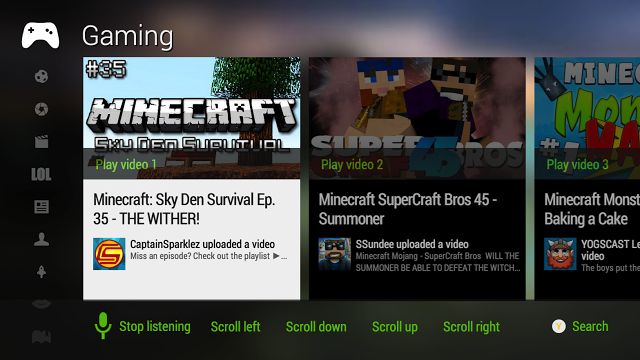YouTube app for Xbox One revealed, will be ready to stream on day one
The minutes tick away until the Xbox One release

"YouTube."
That's the only prompt Xbox One owners will need to control the console's newly announced YouTube app. Of course, you'll have to insert "play," "pause," or "fast forward" commands to actually manipulate a video, but you get the idea.
The Google-owned company and Microsoft are out with details for YouTube on Xbox One, and users should be happy to know that from day one, the new console will have a dedicated native app.
YouTube clips in 1080p will stream over the Xbox, and the app offers support for channels and subscriptions. It'll also show trending videos, so users can keep up with the latest in areas like Music and Sports.
Thanks to Kinect, the app runs on gesture commands, so a grab here and a point there will direct the YouTube app as users see fit.
More Xbox One YouTube action to come
The Xbox One launches Friday at midnight local time, meaning we're less than 36 hours away from Microsoft's latest landing in 13 markets.
If the functions seem a little basic to start, Xbox said it and YouTube are working on bringing greater functionality to the app, including Snap mode.
Sign up for breaking news, reviews, opinion, top tech deals, and more.
The app will work in all regions were the Xbox One and YouTube are available, except for Austria, Ireland and New Zealand. However, Microsoft said it will be available in those places "in the coming days."
Update: Looks like there's more YouTube joy in store Friday. Engadget made the spot; users will be able to send videos from their YouTube app for Android and iOS to the console.

Michelle was previously a news editor at TechRadar, leading consumer tech news and reviews. Michelle is now a Content Strategist at Facebook. A versatile, highly effective content writer and skilled editor with a keen eye for detail, Michelle is a collaborative problem solver and covered everything from smartwatches and microprocessors to VR and self-driving cars.